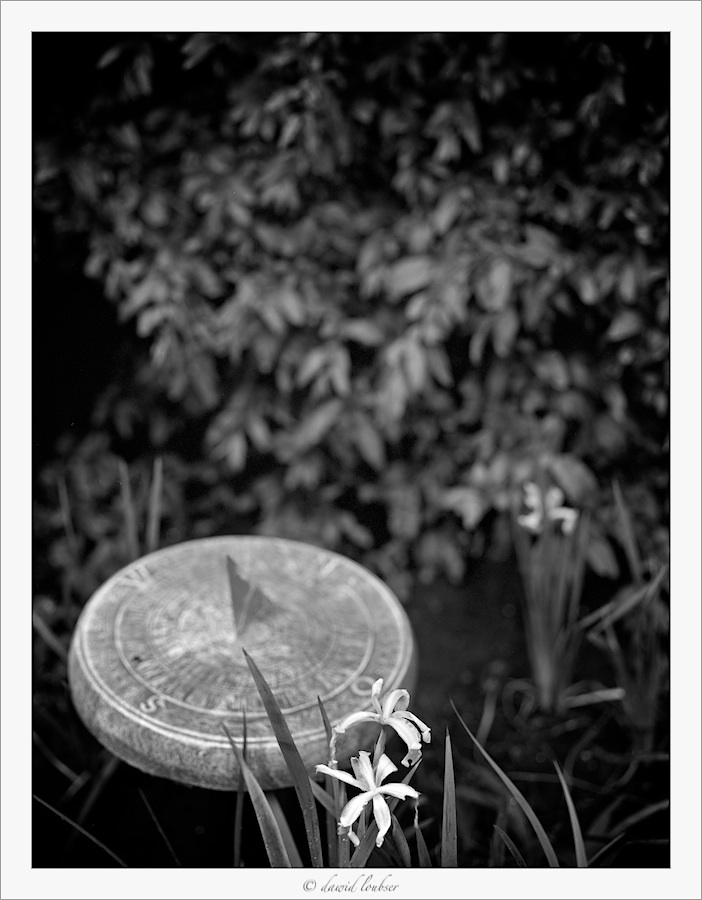If you start doing stupid things with it, such as putting a heavy lens on the camera, the camera on a heavy tripod, carrying the combination by the tripod over your shoulder and smacking the lens against an obstacle, you might end up in trouble, but that's not the cleverest thing to do with any camera.
This is exactly what I intented to do with my D600, and what I've been doing for now 38 years of regular photography.
Thank you for this very valuable warning.
I don't
know how the D600 is built but I can
look at the photos Nikon themselves uploaded online, and I can
read what Nikon themselves have written about what the camera is made of and at which points it is, and I can
see that the lens mount is screwed on a plastic casting.
And I don't like it. I don't like it because the camera price would have deserved a better build quality level, at least where you attach the lens to the camera body.
And I don't care if
you like - or not - that I don't like it.
If the way the D600 is built is so close to the perfection, why the hell would Nikon care with making all-metal cameras then ?
You probably have a very valuable explanation.
I'm not performing any bashing whatsoever here - I am just writing what I am thinking of a certain aspect of a certain camera which, by other respects, looks extremely tempting in that it's very close to what I was waiting Nikon to make at last.
The camera body retail price will fetch 1950€ so
in my opinion, at that price - which isn't on the cheap side, sorry - we could legitly expect an all-metal camera shell.
Punkt, and have a pleasant day.


